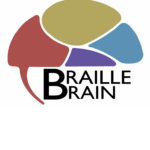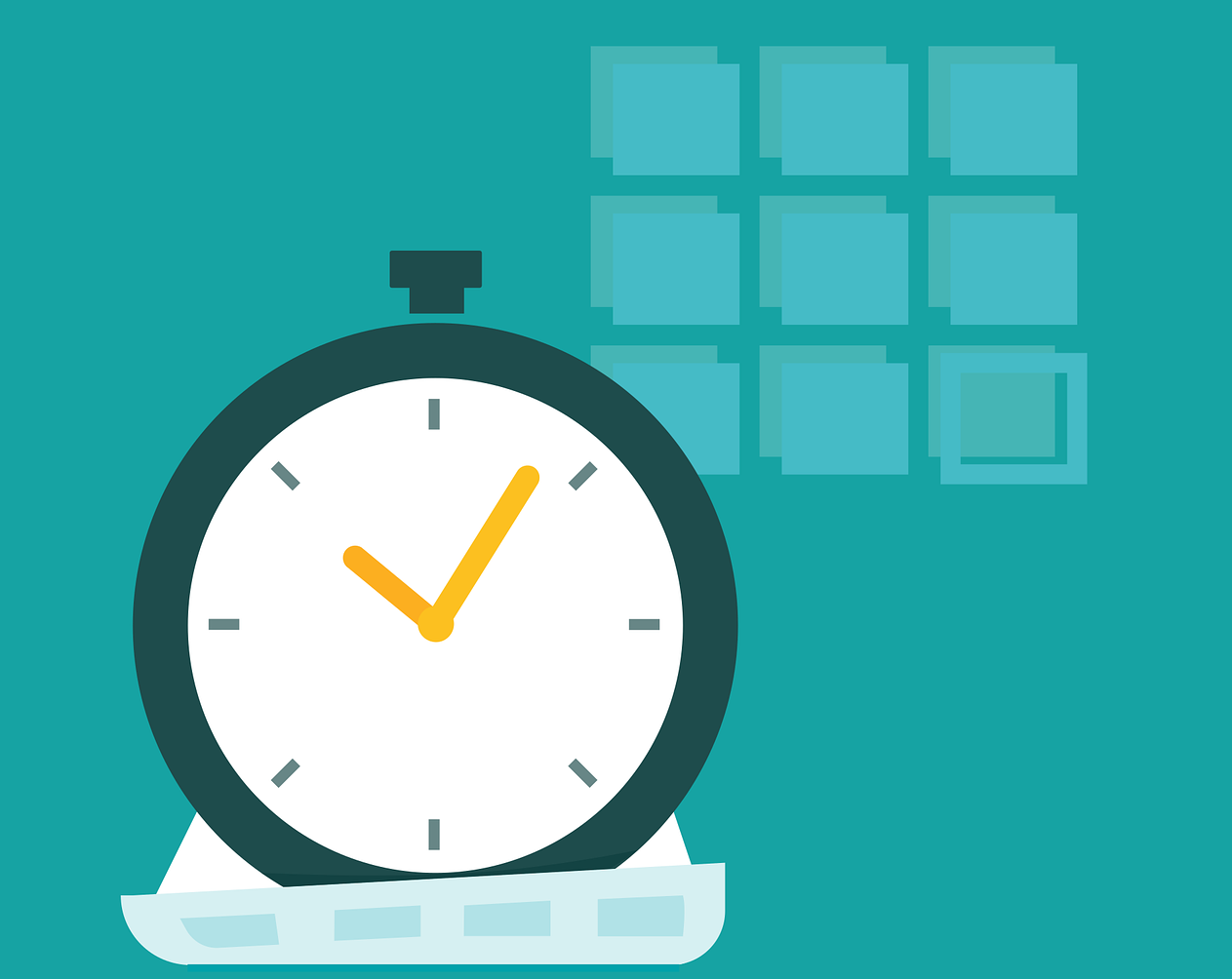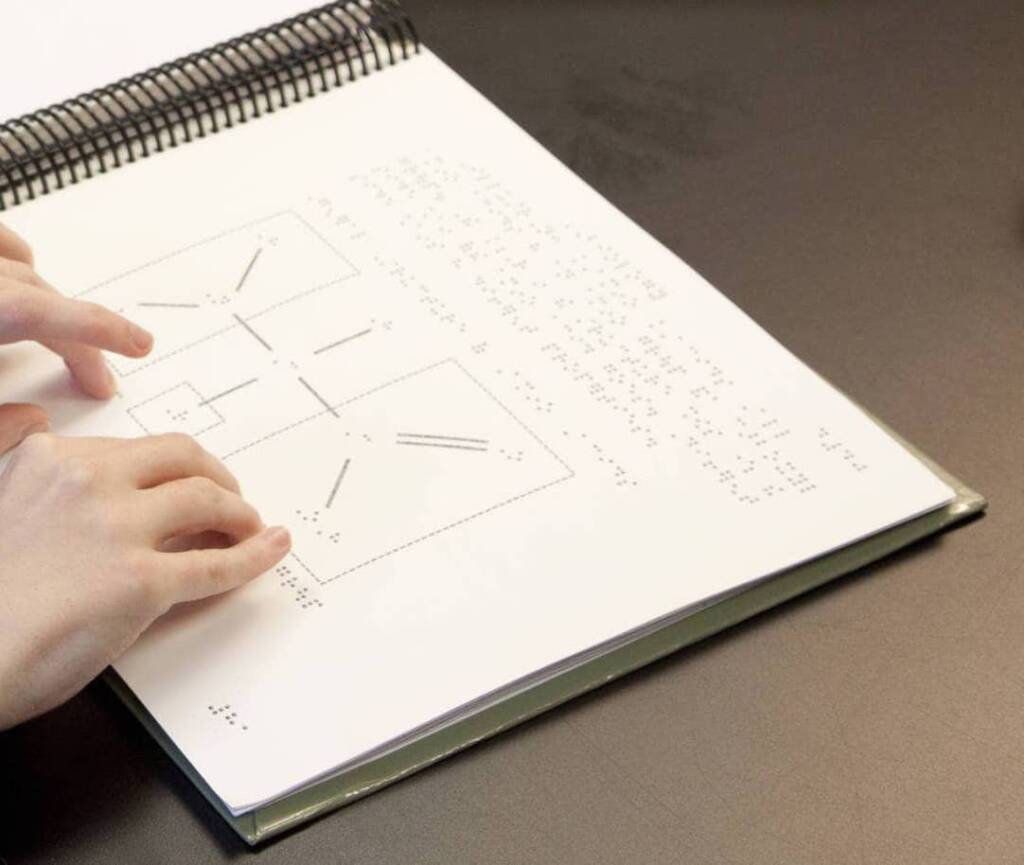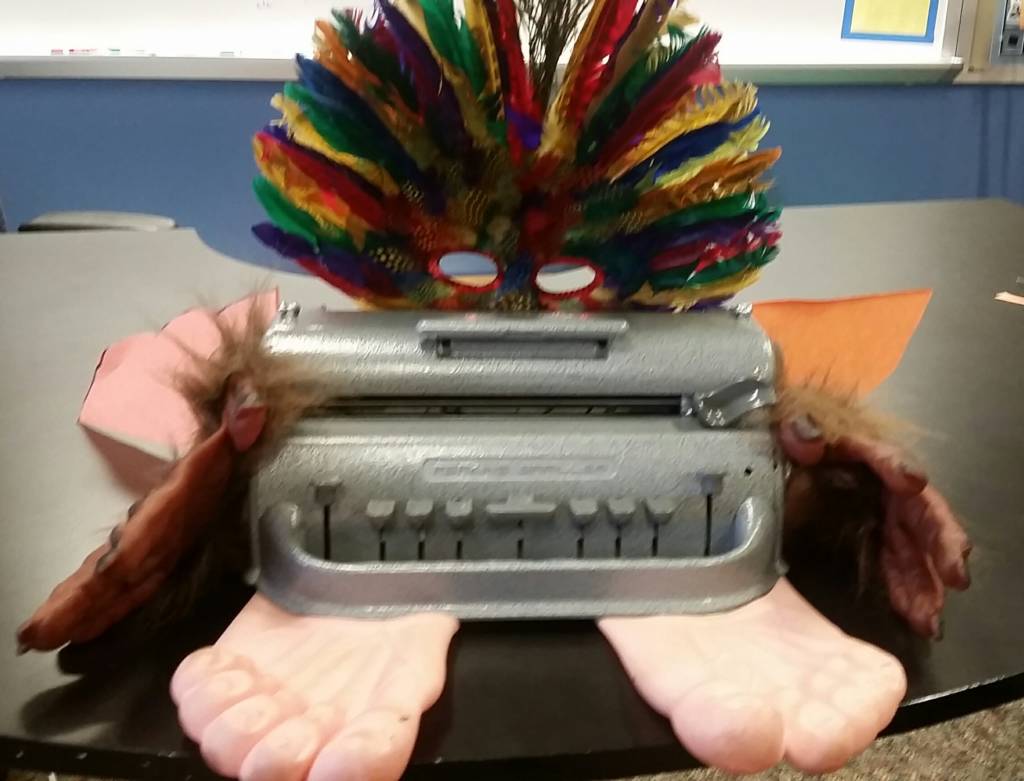Introduction
In the most literal sense, compensatory skills are a unique set of skills students use to “compensate” for the sensory loss of a visual impairment (McCarthy & Holbrook, 2017). It is one of the nine areas of the expanded core curriculum, and includes tactile development, access for literacy, and listening and organization skills. Other skill sets such as problem solving, study skills, and concept development also fall under the area of compensatory access. These skills are essential for teachers of students with visual impairments to consider when supporting access and providing instruction.
Purpose of This Topical Focus
The purpose of this topic is to highlight the importance of organizational skills. Organizational skills include maintaining a structure for ones possessions, including school and personal items), time management, and the ability to prioritize things on the to do list. These skills are used throughout life in personal, school, and work settings. Therefore, organization is critical to develop at an early age and continue to support throughout the lifespan of an individual. Young children may begin to focus on organization with simple tasks such as putting away toys at the end of a play session. As children get older, establishing routines and giving children specific time limits for activities also helps children begin to build a sense of time. Developing time management skills continues to build upon the sense of time by requiring children to plan their own routines. As children gain more responsibilities, they need to learn steps or activities that are required of a variety of tasks, and sequence them in order of priority. Providing children opportunities to develop these skills contributes to later independence and life success.
Strategies for Teaching Organizational Skills
Preschoolers
- Establish permanent places to store toys using storage bins that are easily accessible for young children.
- When it comes time to play, allow the child to choose their own toys from these storage bins.
- Encourage a sense of time by prompting the child with a time limit. For example, you may say, we can play with that toy for 10 minutes. And provide periodic count downs of time, “5 more minutes,” “2 more minutes.” “Ten minutes is over, we’re all done now.”
- After a play session is over, have the child return the toys to the storage bins. If many toys were removed from different bins, have the child sort the toys.
Elementary children
- Create permanent routines for the morning and evening. A morning routine may include getting dressed, washing your face, brushing your teeth and hair, eating breakfast, putting on shoes and a jacket and leaving for school. An evening routine may begin after dinner and include things like brush your teeth, put on your pajamas, read a story, and turn the lights out.
- Set an alarm for a specific time to wake up and periodic alarms within the routine to provide the child with time markers. For example, there may be three things that need to be done in 10 minutes, and have a 10 minute timer or alarm. Then the next marker may include the next three things within the routine.
- Have a checklist of morning tasks to help stay on track. These task lists can be located in places that help a child remember what to do next. For example, on the bathroom counter under the toothbrush may be a task list of three things that are done in the bathroom (e.g. wash your face, brush your hair, brush your teeth).
- Have an identified and permanent place for personal items such as a backpack, shoes, and personal items.
- Focus on function rather than name. Rather than emphasizing the label of what an item is, focus on the function within the routine. Most children will know what a toothbrush is, for example. So, rather than labeling the toothbrush, “toothbrush,” focus on what the toothbrush is used for within the routine and in the schedule.
- Discuss priorities when creating routines, and involve your child with developing the routine. Ask questions such as “should we brush our teeth or eat dinner first?” And discuss the order of doing things and why order matters.
- Begin to introduce calendars and calendar system. Put important dates on the calendar.
- Discuss priorities with your children when organizing the day or week.
- Provide explanations for why things are done in a specific order. This applies for many different tasks.
- Create a simple homework routine that includes documenting what the homework is, when it is due, and establish a place to put it (e.g. a binder).
Middle and high school children
- Continue to use an organized structure and routine for personal and school materials.
- Build in time within the day to empty a backpack after school, do homework, and get things ready for the next day. Create a specific spot where this can happen and build a daily routine around it.
- Introduce an electronic calendar and schedule system. Schedule automatic reminders into the schedule system for important activities, recurring events, and small tasks that are often forgotten or that don’t occur very often (e.g. bring books to school on library day, return special permission forms or paperwork).
- Create to do lists every Sunday to prepare for the week, and discuss the priorities for the week. When talking about priorities, discuss the order of events that makes the most sense, and why some activities need to precede others.
Summary
- Organizational skills include managing things such as personal and school items, time, and priorities. These skills may be developed at young ages with simple tasks, and they can build upon themselves as children get older.

Braille Brain
Reading
- READING: Foundational Skills for Reading
- Integration of Knowledge and Ideas
- Vocabulary Acquisition and Use
- Braille Hand Movement and Refreshable Braille Displays
- Conventions of Standard English: Standard One
- Conventions of Standard English: Standard Two
- Writing and Language
- Craft and Structure
- Key Ideas and Details
- Best Practices for Teaching Braille and STEM to the Visually Impaired
- Assistive Technology to Support STEM Subjects for the Visually Impaired
- Compensatory Skills: A Focus on Organization
- Foundational Skills for STEM
- Math Instruction for Students with Visual Impairments
- Science Instruction for Students with Visual Impairments
- Tactile Graphics
STEM
- Best Practices for Teaching Braille and STEM to the Visually Impaired
- Assistive Technology to Support STEM Subjects for the Visually Impaired
- Compensatory Skills: A Focus on Organization
- Foundational Skills for STEM
- Math Instruction for Students with Visual Impairments
- Science Instruction for Students with Visual Impairments
- Tactile Graphics
- Braille Brain
- About Braille Brain
- Braille Training Program
- Foundational Skills for Reading
- Integration of Knowledge and Ideas
- Vocabulary Acquisition and Use
- Braille Hand Movement and Refreshable Braille Displays
- Conventions of Standard English: Standard One
- Conventions of Standard English: Standard Two
- Writing and Language
- Craft and Structure
- Key Ideas and Details
- Best Practices for Teaching Braille and STEM to the Visually Impaired
- Assistive Technology to Support STEM Subjects for the Visually Impaired
- Compensatory Skills: A Focus on Organization
- Foundational Skills for STEM
- Math Instruction for Students with Visual Impairments
- Science Instruction for Students with Visual Impairments
- Tactile Graphics



